ECB President Christine Lagarde voiced concerns over lingering inflation risks in a recent interview with Geneviève Van Lède, conducted on July 5.
Lagarde noted that while inflation “has started to decline,” it remains “still higher than our medium-term target of 2%,” according to the ECB’s staff projections. The expectation is for it to remain above target in 2024 and 2025, indicating a continued need to work towards reigning in inflation to meet the target.
On the economic growth front, Lagarde highlighted that growth “has been flat in the last two quarters.” However, she added, “We estimate euro area growth to be around 0.9% in 2023.” She further asserted that “we should see a return to potential growth over the period 2024-25.”
Lagarde also pointed out an interesting development in the context of high inflation. She noted that current period of high inflation did not correspond with a decrease in firms’ profit margins; in fact, margins saw an increase in certain instances, especially where demand for goods and services surpassed supply. Simultaneously, wages have experienced an unexpected rise.
In this complex backdrop, Lagarde stressed, “it is important to know whether firms are going to reduce their margins a little to meet their employees’ expectations of higher wages and to restore some of their purchasing power,” a trend typically seen during past inflation episodes.
Alternatively, there could be a twofold increase in margins and wages. She warned that a simultaneous increase in both would exacerbate inflation risks, cautioning that “we would not stand idly by in the face of such risks.”
Full ECB Lagarde interview here.




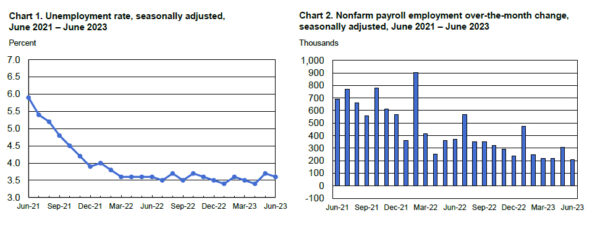
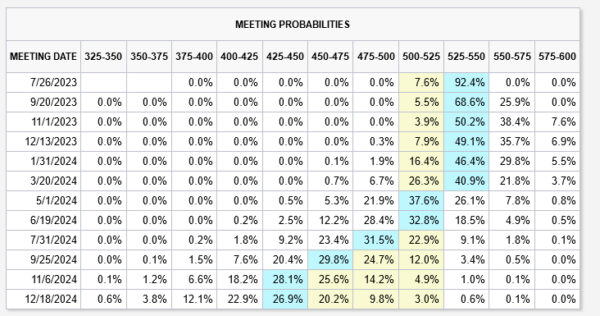
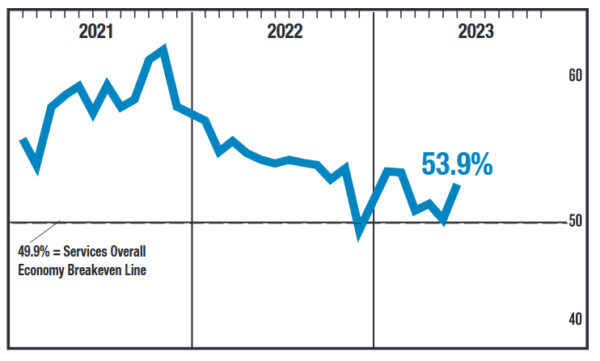
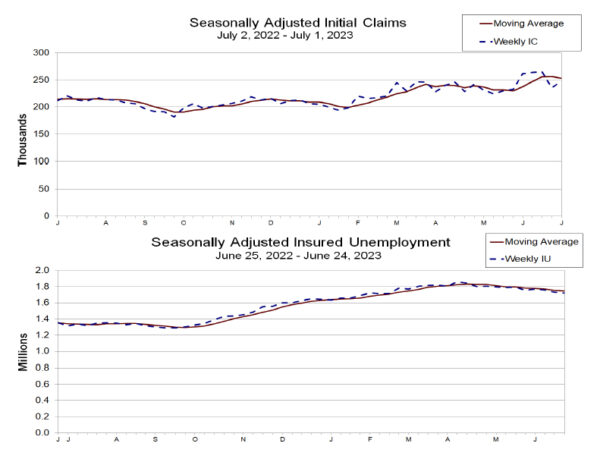
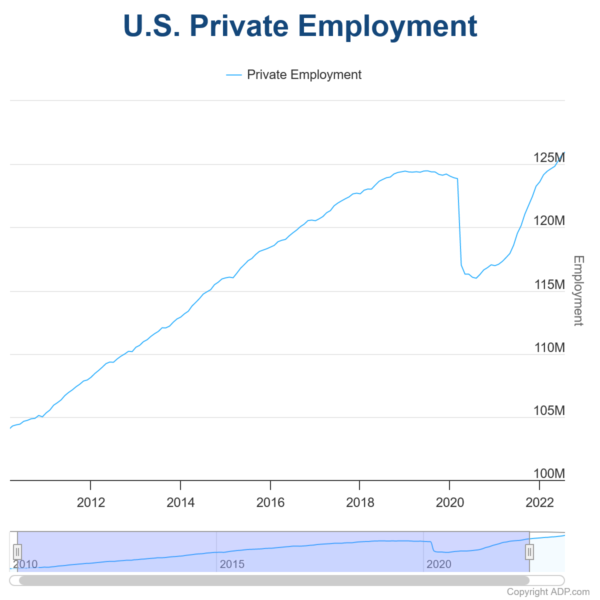
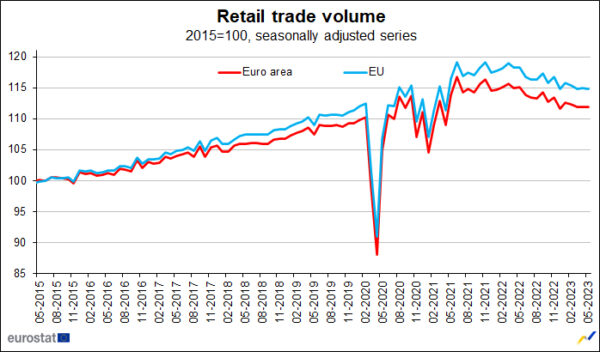
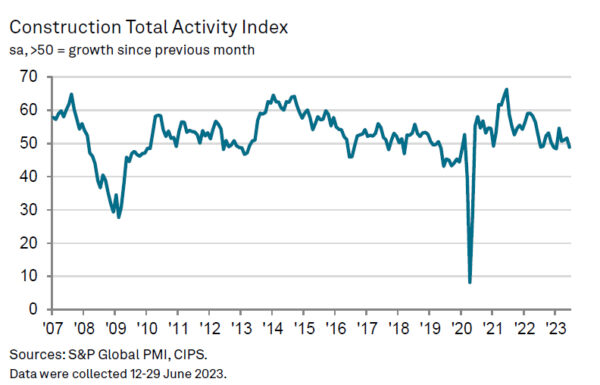
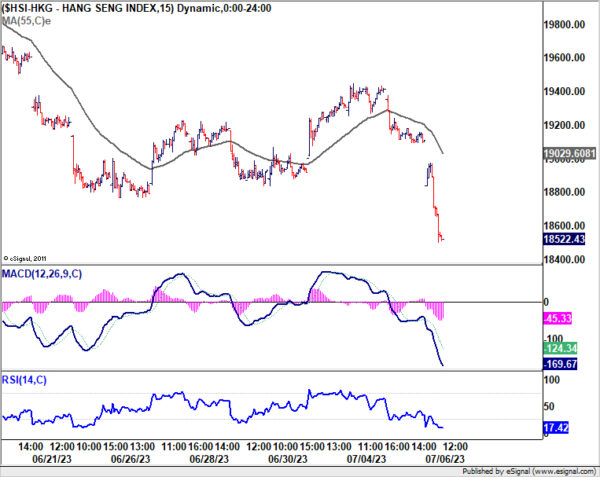
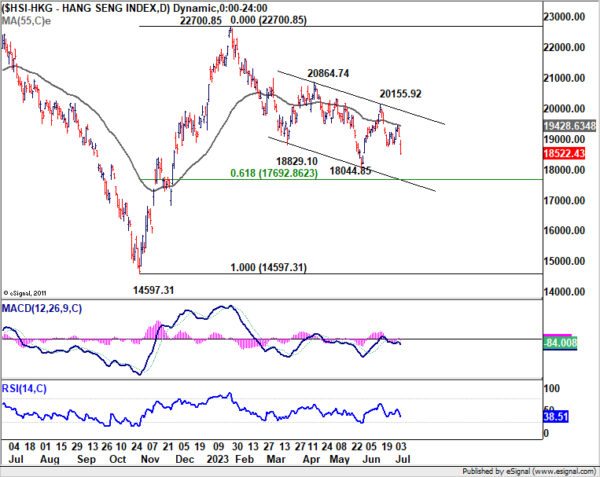
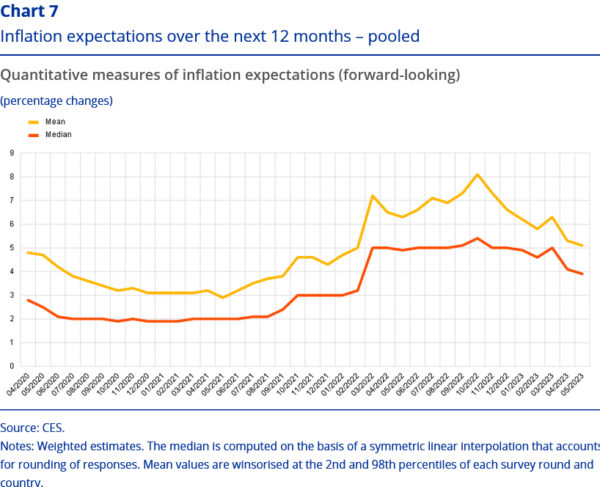
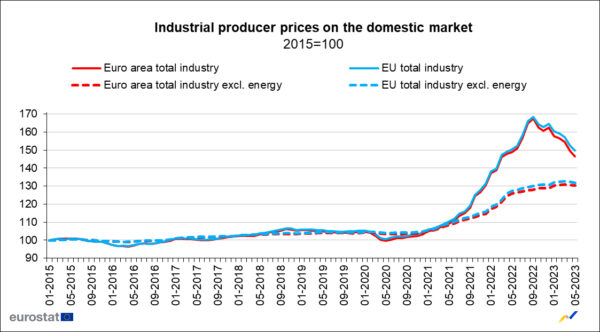
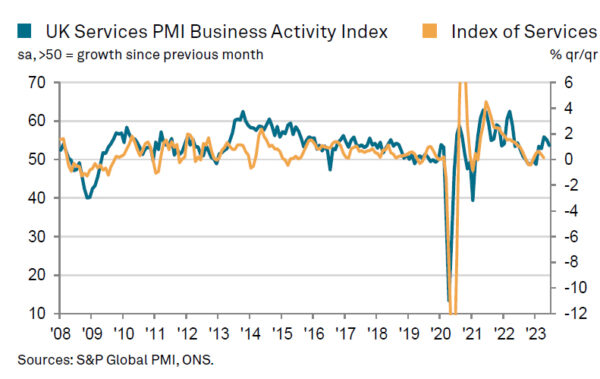
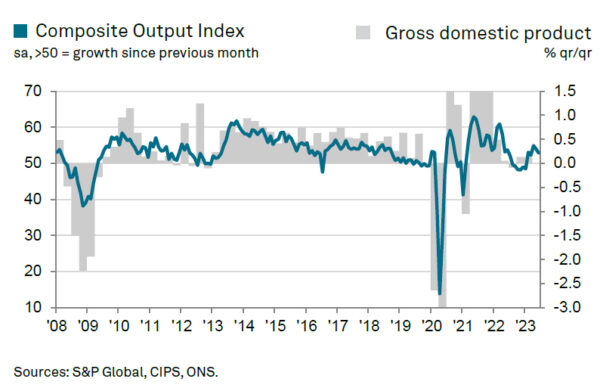
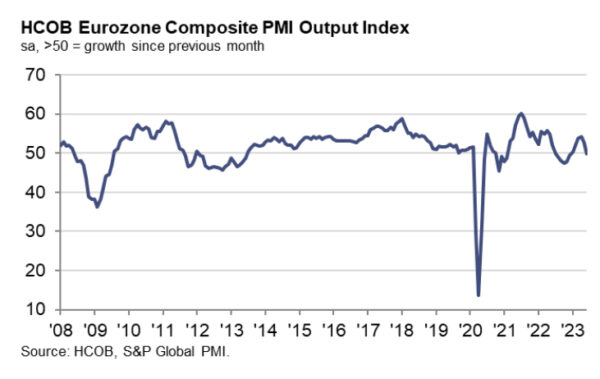

Canada employment up 59.9k in Jun, unemployment rate rose to 5.4%
Canada employment rose 59.9k in June, well above expectation of 19.8k. Employment gains in June were all in full-time work (110k), part-time jobs fell (-50k).
Employment rose in wholesale and retail trade (33k), manufacturing (27k), health care and social assistance (21k) and transportation and warehousing (10k). Meanwhile, declines were recorded in construction (-14k), educational services (-14k) and agriculture (-6k).
Unemployment rate rose from 5.2% to 5.4%, above expectation of 5.3%. There were 1.1m people unemployed in June, an increase of 54k in the month.
Average hourly wages rose 4.2% yoy, down from may’s 5.1% yoy.
Full Canada employment release here.